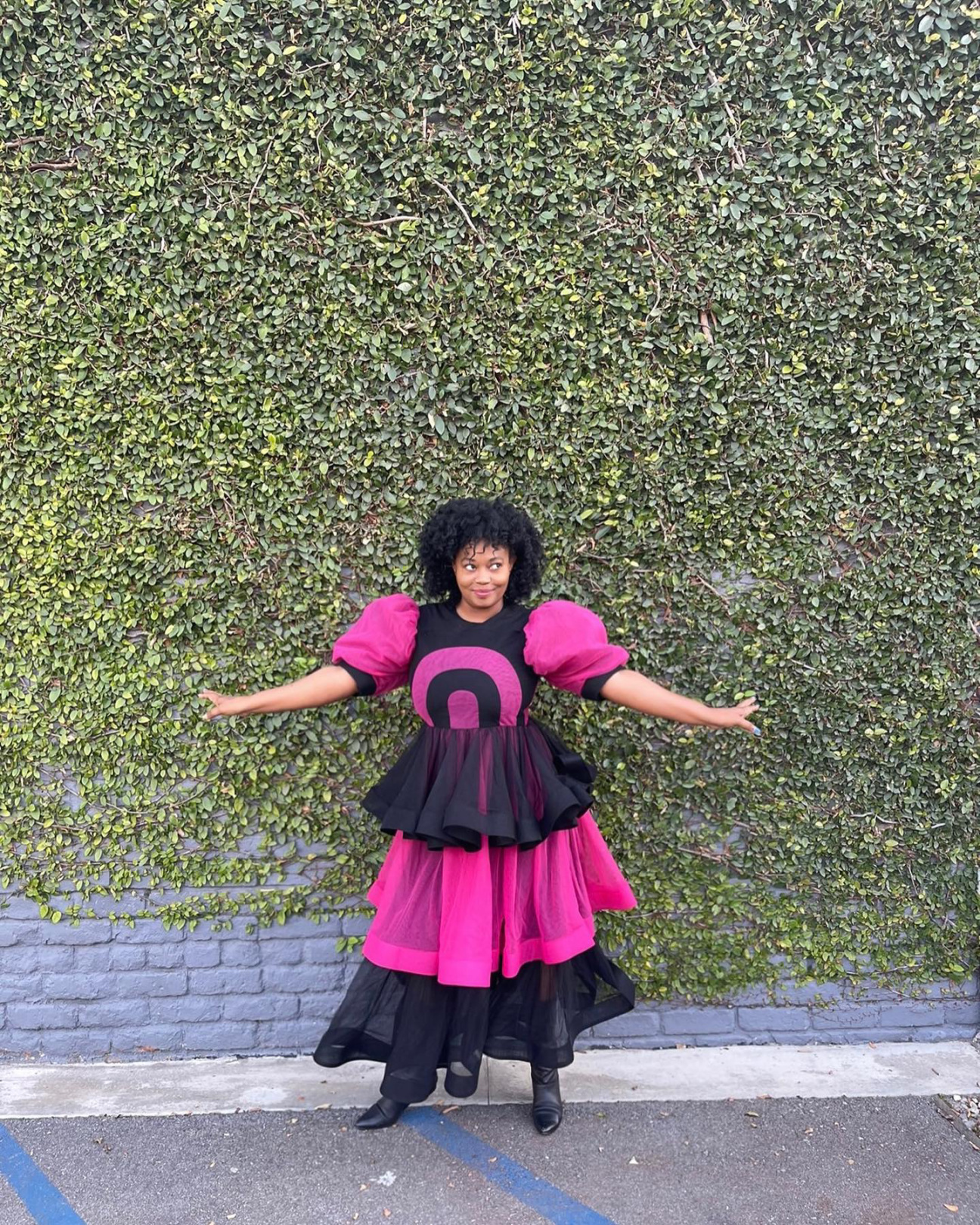
Numa Perrier filmed her first feature Jezebel—a semi-autobiographical look at a 19-year-old girl entering the world of sex work and camming—in the building where she grew up. Ahead of her latest project, a biopic of the contemporary Black country music duo The War and Treaty, Perrier discusses the artist installation that gave her license to mine her life in her art.
CULTURED: Are there particular mediums or genres of art or art history that you've always been drawn to?
Perrier: My earliest work was in photography, but I moved really quickly into also doing installation work. So the first artist that I stumbled across that I felt like, Oh my gosh, I have permission to do this because this artist has done the things that I'm dreaming up in my mind, was Louise Bourgeois. That was probably 2009 or 2010 when she had her show at the Centre Pompidou in Paris. The textile meets form, the body and distortion, how immersive the work is, how personal, and how creepy!
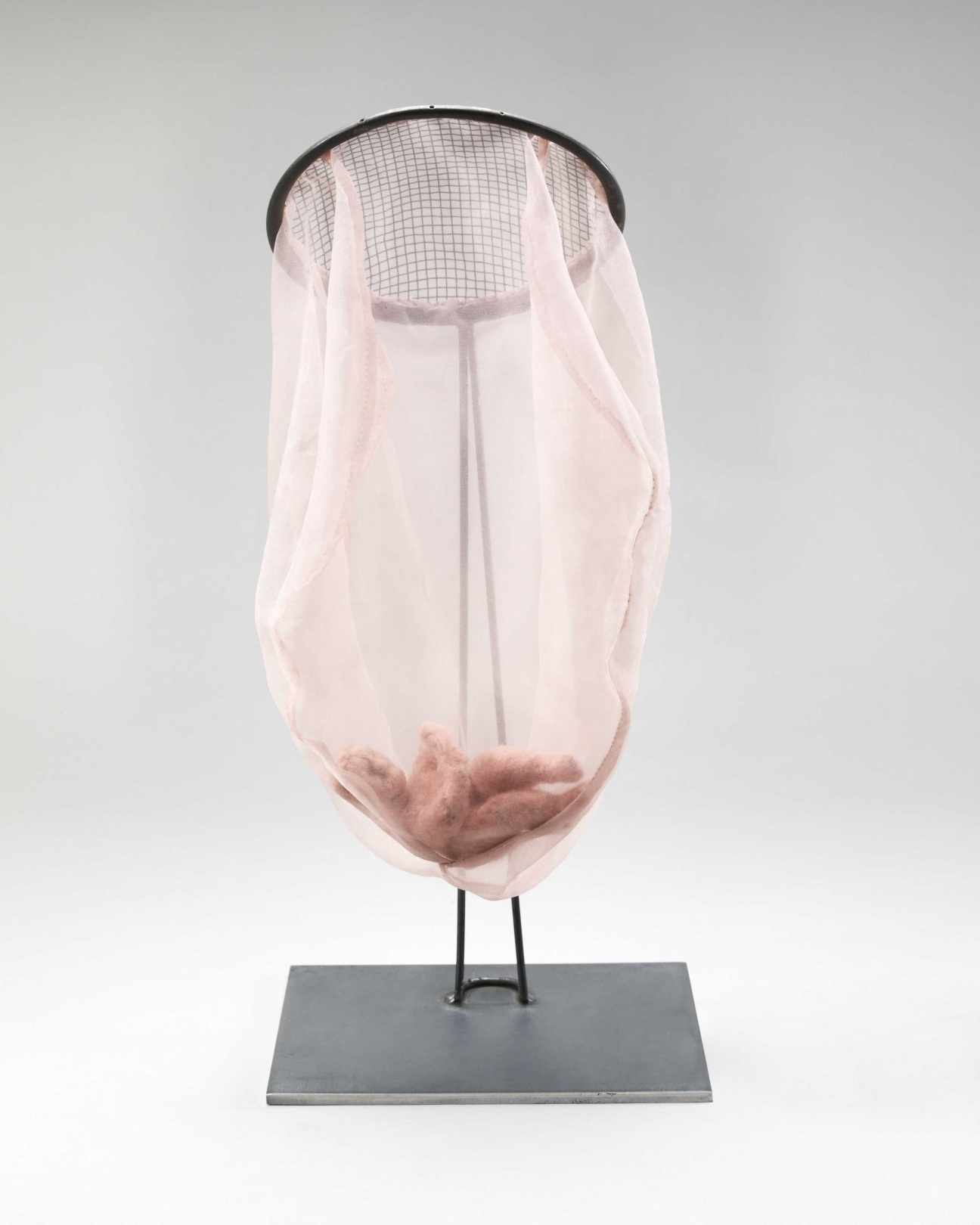
CULTURED: When you look at or think of this installation, what is it you're seeing?
Perrier: It felt like entering a moment of her childhood, of her home life. It feels very personal, almost secretive, like she's permitting you to trespass into the recesses of her childhood. I had my own dreams and notions of wanting to share with people pieces of my childhood and feeling like the only way I could possibly do it is if I were able to recreate it: if I were able to bring that bed, if I were able to bring these pieces of clothing, if I were able to sew together how I felt about my body inside of that space. This work inspired me and opened the door to that possibility.
She used to do these salons in New York on Sundays, and I was able to go once. She stopped doing them as she got older, but she just opened her home to artists to come and sit and be. It's just incredible. I feel like people don't do that anymore. The accessibility to all of that was just something that will always have a strong imprint on me.
CULTURED: How has her work, and your reaction to her work, shown up in your own films?
Perrier: In my first film, Jezebel, there was such a great attention to detail because I actually filmed that movie in the apartment I grew up in. Not the same unit, but I went back to that apartment building. It's a weekly rental, so I rented an apartment there, and I noticed that the only thing that changed was the TV. I feel like that's kind of a slice of Louise Bourgeois's work in a way—that she recreated those things for us to enter. It was so small that it was difficult to film in. My crew got there, and they were like, "How are we even going to make another angle out of this room?" But we found a way.
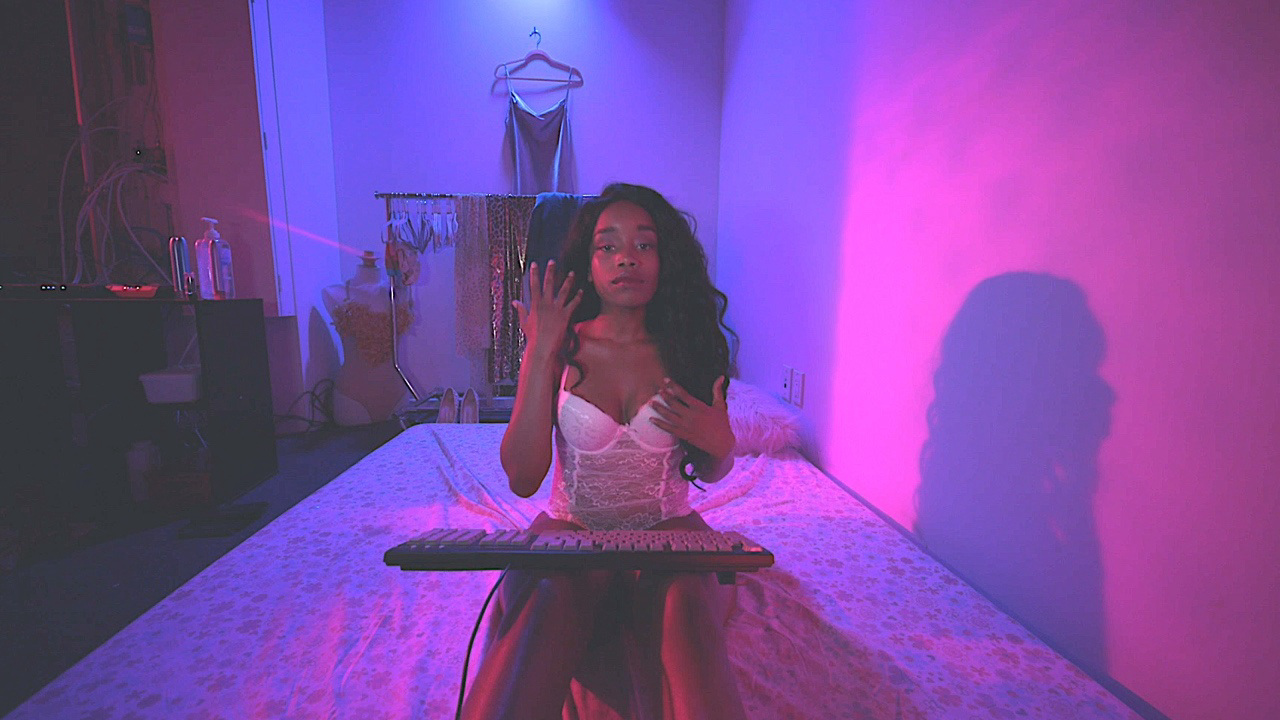
CULTURED: And what about for your upcoming projects?
Perrier: I think her work kind of gave me that extra permission to be completely personal in your work. Because that is something that no one can ever take from you, and that is the thing that will draw people to you: that vulnerability. You just have to keep scraping for the truth and keep scraping for the entry point—can we open the door where someone can enter and feel like they're in your shoes, feel like they're in your world, they're in your life for that moment?
I have a project that's been cooking for a while, that’s finally moving forward in this calendar year. It's the true story of a Black country duo called the War and Treaty. They're a couple, and they sing together. It's so wild because I came on to the project about two years ago in its earlier development, and since then they have a Grammy nomination for Best New Artist this year.
I got sent this script, and I was looking for a grand, sweeping love story to tell. This story about Michael and Tanya Trotter, when I got the script, the first three pages, I was like, Oh my god, this is it, this is the big love story I've been wanting to tell. And it's a true story. The guy, Michael, was a soldier in the Iraq war. The heart of the story, where the whole thing starts to blossom, is there was this bombed out palace that belonged to Saddam Hussein and there was a piano inside of that palace. He taught himself how to play piano on this palatial, golden but bombed out piano.
And this soldier ended up becoming this incredible musician and using that piano skill and his singing voice to memorialize the fallen friends and the soldiers fighting alongside him. Then he comes back to the United States and he is homeless. He's a completely abandoned war vet, but he still has this talent to play the piano that he learned in Iraq, and he still has this incredible voice and this whole musical ability inside of him. He meets this singer named Tanya and he starts writing songs for her and they start collaborating. They become this country music sensation … and they fell in love through music.
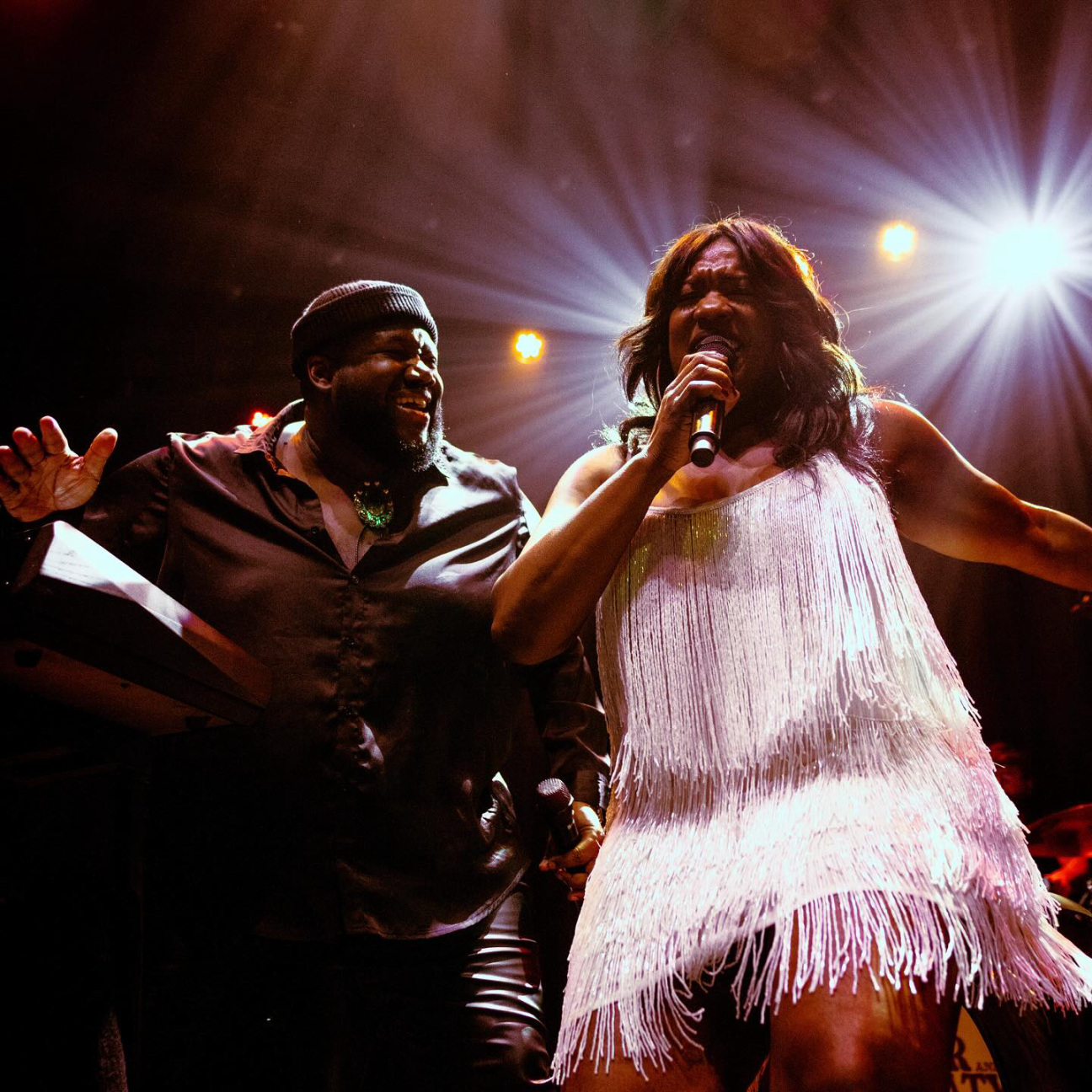
CULTURED: Do you channel any visual artists compositionally or visually when you're marking out a scene?
Perrier: When I'm doing actual intimacy scenes where two people are making love, or their bodies are entwined in a certain way, or even if someone's by themselves in a very private moment, I'm always looking for how we can show the body and the figure in a way that I haven't seen it shown before.
I definitely did that in my rom com [The Perfect Find]. There's a scene between our leading couple where it's after they've had sex. They're having their pillow talk, and I just did not want to shoot that scene the way I always see the pillow talk scenes shot, which is either above the head or you just see both people kind of lying side-by-side. Sometimes that's how it goes, but sometimes after you have sex with someone, one person's laying this way and the other person is sitting up in the corner of the bed, and one person's back is turned that way and the other one's looking the other way. We ended up putting Eric, the guy, on the floor, and she's laying on the bed with her head next to his. It just completely reoriented our perspective on how two bodies fold together, how two bodies can be together rather than side-by-side.
If you look at even more of these textile bodies that [Bourgeois]'s created, she has one where there's like three, four, or five of them laying in a bed together and they're all holding each other. That piece of art blows me away, and it makes me rethink how bodies go together and what bodies might do. When I’m figuring out how I want bodies to be in a frame, I'm always thinking of a way that's true. We're not just trying to do something different for the heck of it. I try to observe it in life and then find a way to duplicate that on the screen. I want to see it differently because I live it differently.
This conversation is part of a series in which CULTURED asked filmmakers to reflect on a work of art that exposed them to new ways of seeing—and set the tone for a recent project. For more insight, read Lulu Wang on the Singaporean photographer whose work inspired both The Farewell and Expats, or Cord Jefferson on how Hollywood Shuffle helped shape American Fiction.




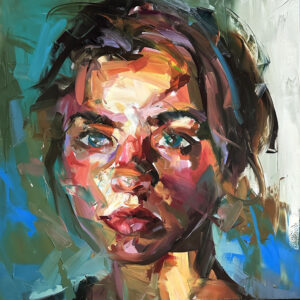





 in your life?
in your life?

